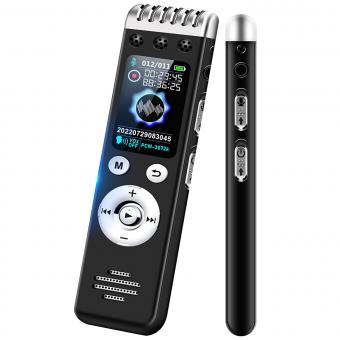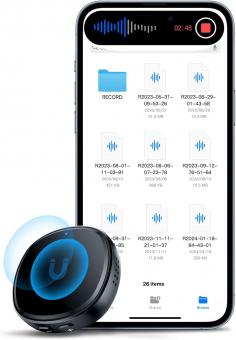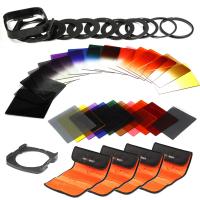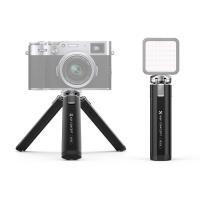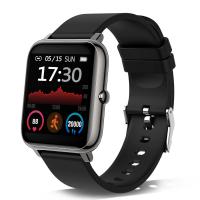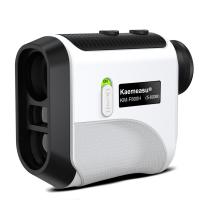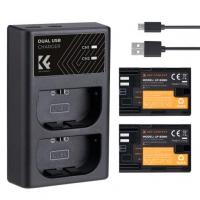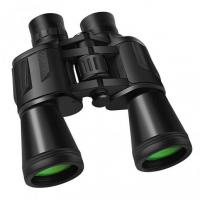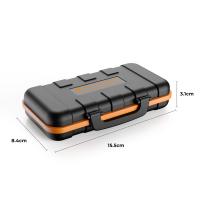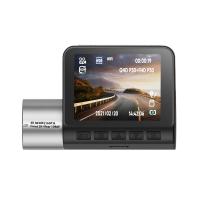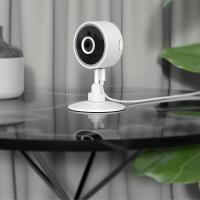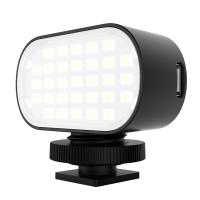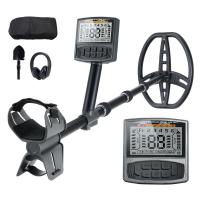Voice Sounds Bad When Recording Music?
Recording music can be an exhilarating experience, but it can also be frustrating when the playback doesn't match the quality you were hoping for. One of the most common issues musicians and vocalists face is poor voice quality in recordings. This problem can stem from a variety of sources, ranging from technical issues to performance-related factors. In this article, we will explore the most common reasons why your voice might sound bad when recording music and provide practical solutions to help you achieve the best possible sound.
Understanding the Problem
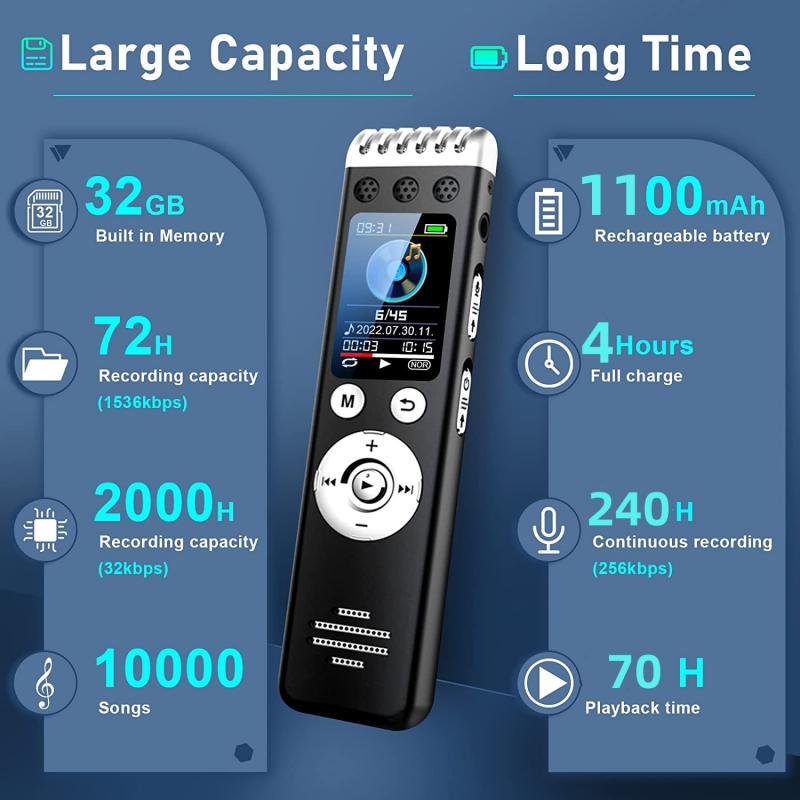
Before diving into solutions, it's essential to understand the potential causes of poor voice quality in recordings. These can be broadly categorized into three main areas: technical issues, environmental factors, and performance-related problems.
Technical Issues

1. Microphone Quality and Type
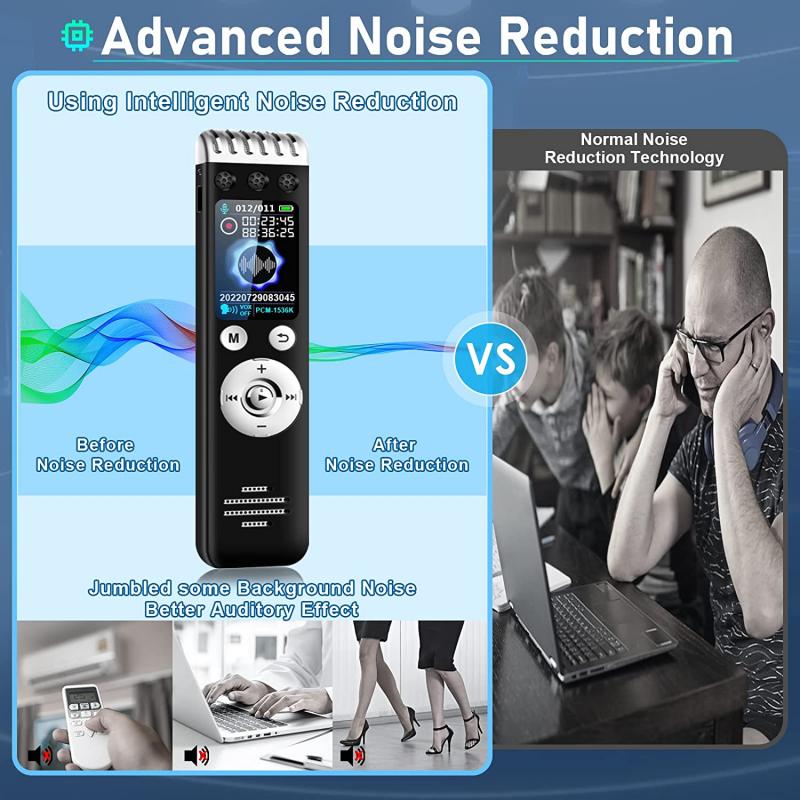
The microphone is the first point of contact for your voice in the recording chain. Using a low-quality or inappropriate microphone can significantly affect the sound. Condenser microphones are generally preferred for vocal recordings due to their sensitivity and ability to capture a wide range of frequencies. However, dynamic microphones can also be suitable for certain types of vocals, especially in live settings.
Solution: Invest in a good-quality condenser microphone. Brands like Shure, Audio-Technica, and Rode offer excellent options for various budgets.
2. Audio Interface and Preamp

The audio interface and preamp play crucial roles in converting your analog voice signal into a digital format. A poor-quality interface or preamp can introduce noise and distortion, degrading the overall sound quality.
Solution: Ensure you have a reliable audio interface and preamp. Focusrite Scarlett and Universal Audio Apollo are popular choices among musicians and producers.
3. Recording Software
The software you use for recording can also impact the quality of your voice. Some digital audio workstations (DAWs) offer better sound processing capabilities than others.
Solution: Use reputable recording software like Pro Tools, Logic Pro, or Ableton Live. These DAWs provide high-quality sound processing and a range of tools to enhance your recordings.
Environmental Factors
1. Room Acoustics
The acoustics of the room where you record can significantly affect the sound quality. Hard surfaces can cause reflections and echoes, while a room with poor acoustics can make your voice sound muddy or boxy.
Solution: Treat your recording space with acoustic panels, bass traps, and diffusers. If you're on a budget, even simple solutions like hanging blankets or using foam can make a difference.
2. Background Noise
Unwanted background noise can ruin an otherwise perfect vocal take. This noise can come from various sources, including air conditioning, traffic, or even electronic devices.
Solution: Record in a quiet environment and use noise gates or noise reduction plugins to minimize background noise. Additionally, consider using a reflection filter around your microphone to isolate your voice.
Performance-Related Problems
1. Vocal Technique
Even with the best equipment and environment, poor vocal technique can result in a subpar recording. Issues like poor breath control, incorrect pitch, and lack of vocal warm-up can all contribute to a bad-sounding recording.
Solution: Practice proper vocal techniques and consider taking lessons from a vocal coach. Warm up your voice before recording and stay hydrated to maintain vocal health.
2. Microphone Technique
How you use the microphone can also impact the quality of your recording. Being too close or too far from the microphone, or not using a pop filter, can result in issues like plosives, sibilance, and inconsistent volume levels.
Solution: Maintain a consistent distance from the microphone, usually about 6-12 inches. Use a pop filter to reduce plosives and practice good microphone technique to ensure a balanced recording.
Post-Production
Even after addressing all the above factors, post-production plays a crucial role in achieving a polished sound. Here are some essential post-production techniques:
1. Equalization (EQ)
EQ allows you to adjust the frequency balance of your recording. Cutting unwanted frequencies and boosting others can help your voice sound clearer and more professional.
Solution: Use EQ to remove low-end rumble, reduce harsh mid frequencies, and add presence to the high end. Be subtle with your adjustments to avoid making the recording sound unnatural.
2. Compression
Compression helps to even out the dynamic range of your recording, making the quiet parts louder and the loud parts quieter. This can make your voice sound more consistent and polished.
Solution: Apply gentle compression to your vocal track. Start with a low ratio (2:1 or 3:1) and adjust the threshold until you achieve a balanced sound.
3. Reverb and Delay
Adding reverb and delay can give your voice a sense of space and depth. However, too much can make your recording sound muddy and distant.
Solution: Use reverb and delay sparingly. A short reverb with a low mix level can add warmth without overwhelming the vocal. Delay can be used to add depth, but keep it subtle to avoid cluttering the mix.
Practical Tips for Better Vocal Recordings
1. Record Multiple Takes: Recording multiple takes gives you more options to choose from during the editing process. You can also comp (combine) the best parts of different takes to create a perfect final track.
2. Monitor with Headphones: Use closed-back headphones to monitor your recording. This helps you hear the details of your performance and make adjustments in real-time.
3. Stay Relaxed: Tension can affect your vocal performance. Stay relaxed and take breaks if needed to maintain a fresh and energetic sound.
4. Experiment: Don’t be afraid to experiment with different techniques, settings, and equipment. Finding what works best for your voice and style can take time, but it’s worth the effort.
Achieving a high-quality vocal recording involves a combination of good equipment, a suitable recording environment, proper technique, and effective post-production. By addressing the common issues outlined in this article, you can significantly improve the sound of your voice in recordings. Remember, practice and experimentation are key. The more you record, the better you’ll understand how to get the best out of your voice and equipment. Happy recording!


